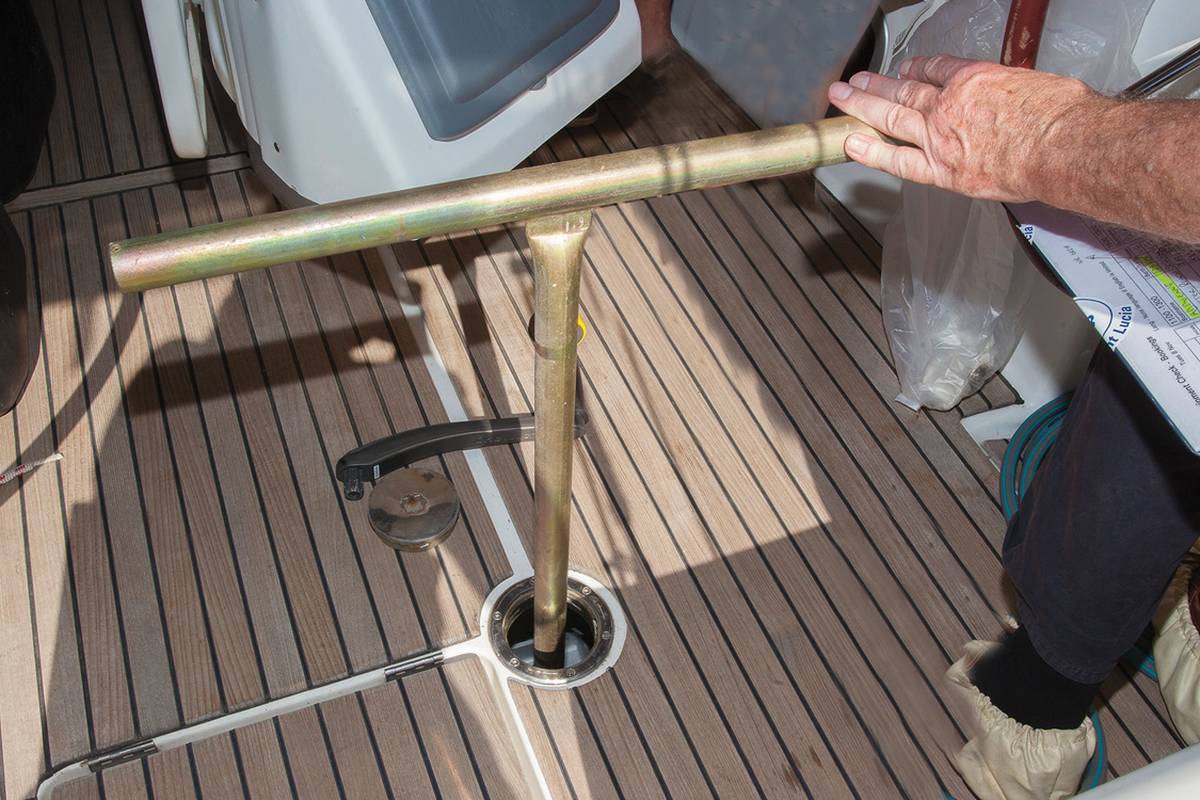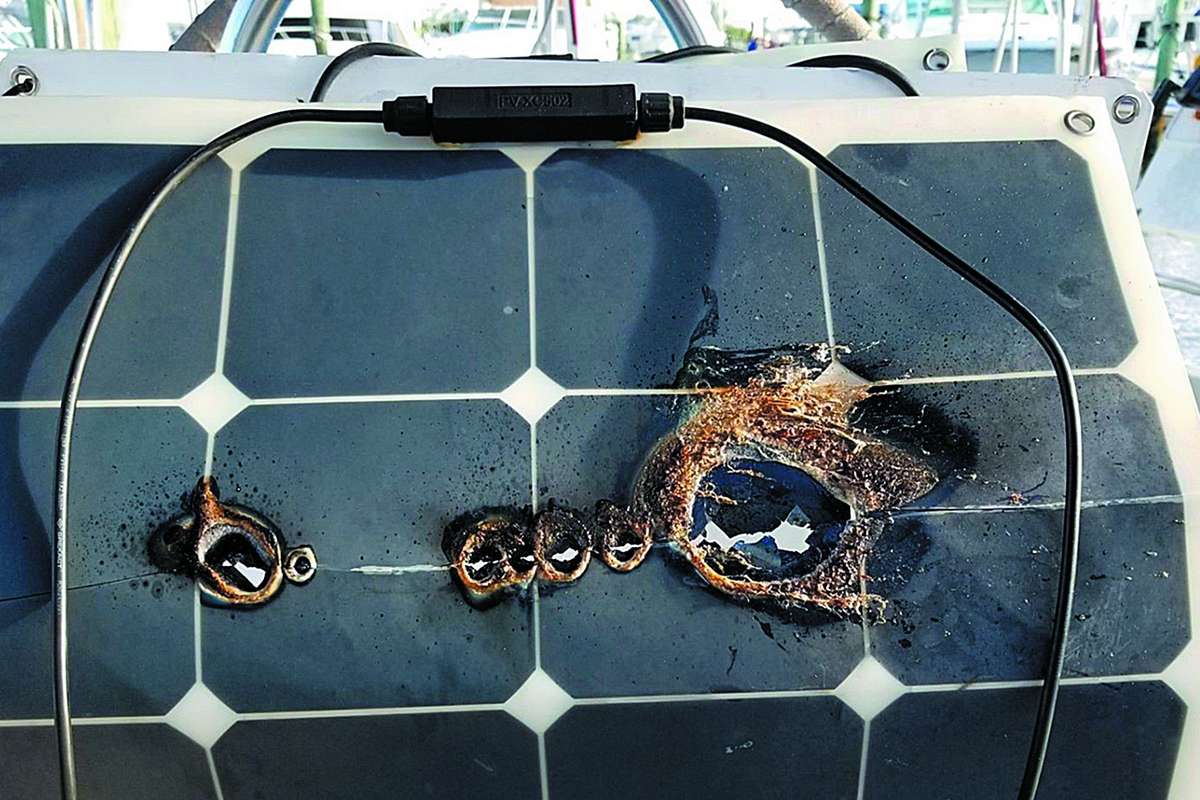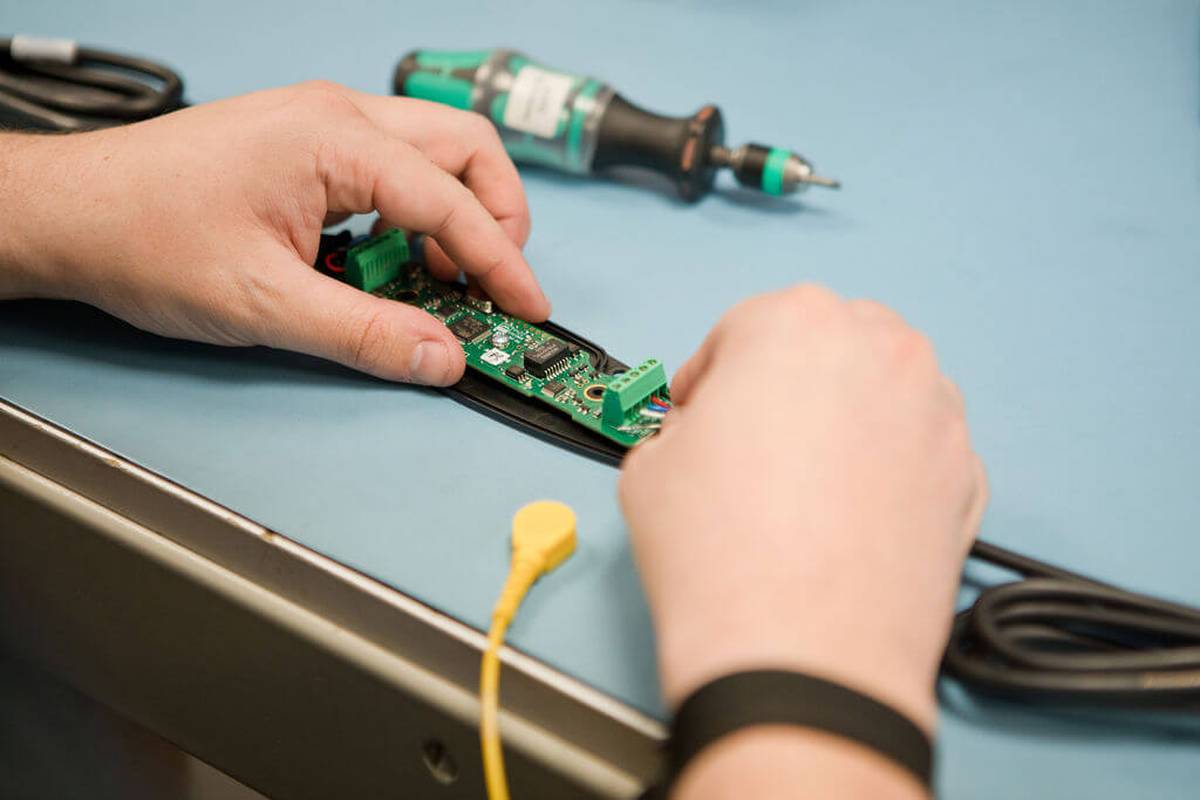Several years ago, we at Marine Electronics set out to evaluate the quality of emergency tillers at various boat shows. These tillers are crucial when the regular steering system fails, often due to a cable break.
Despite their importance, our search for a reliable emergency tiller yielded disappointing results.
Fast forward to today, and the situation remains largely unchanged. While more robust direct-linkage steering systems have gained popularity, many new boats still feature the less reliable cable-and-sheave systems, accompanied by poorly designed emergency tillers.
As such, we have established criteria for what constitutes a well-designed emergency tiller. Whether you have one stashed away on your boat or are contemplating getting one, now is the time for a close examination.
What Makes a Good Emergency Tiller?
To make it easier to find a good emergency tiller, we have prepared the following criteria:
Ease of Location
It should be easy to locate the tiller, even in pitch darkness. No specialized tools should be needed for installation. If they are, those tools should be stored alongside the tiller for easy access.
Simple Installation
The rudder stock’s top must be readily accessible, with no need for specialized tools or deck openings that might allow water ingress. The installation process should be straightforward enough for anyone to accomplish swiftly.
Uncomplicated Design
Ideally, the tiller should be non-magnetic and of single-piece construction. It must offer sufficient strength and leverage to handle extreme steering forces.
Moreover, the tiller should also lock securely onto the rudder stock to prevent disengagement. Any supplementary gear, such as lines and blocks to improve leverage, should be stored with the tiller.
Compatibility with wind vane steering or a basic tillerpilot is a plus.
Functional Operability
The tiller design should afford the helmsman a clear line of sight from the helm and allow for the rudder’s full range of motion without necessitating modifications to the boat or its equipment.
User Comfort
The design should allow the helmsman to steer comfortably. Narrow tubes should be avoided, as continuous force exceeding 30 pounds on the tiller can cause undue fatigue. Gloves, ideally stowed with the tiller, can help minimize hand pressure.
Long-Lasting Durability
A well-designed emergency tiller should be virtually maintenance-free and endure for the boat’s lifespan.
Despite years of observations and recommendations, the marine industry still has a long way to go in offering effective emergency tillers. One can only hope it won’t take another decade for improvements to manifest.





Leave a Reply